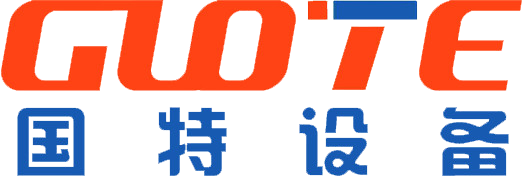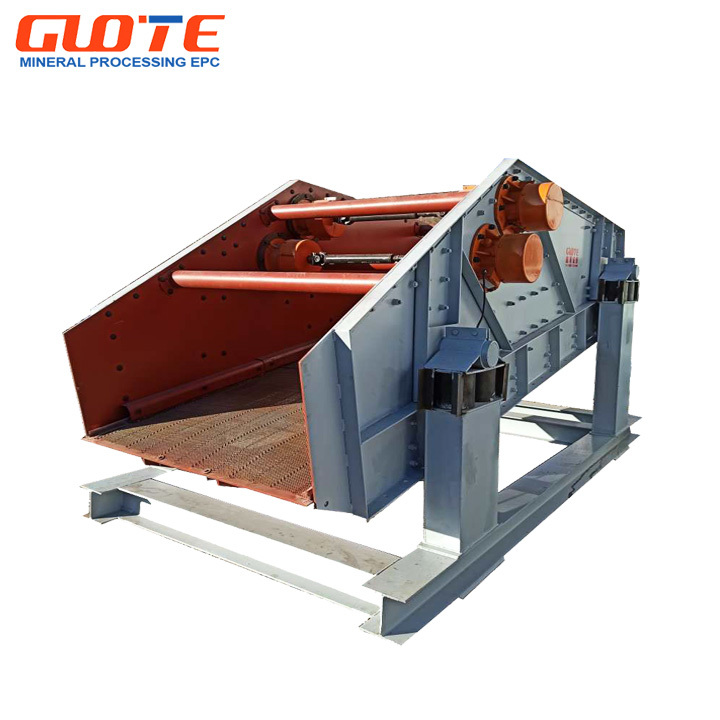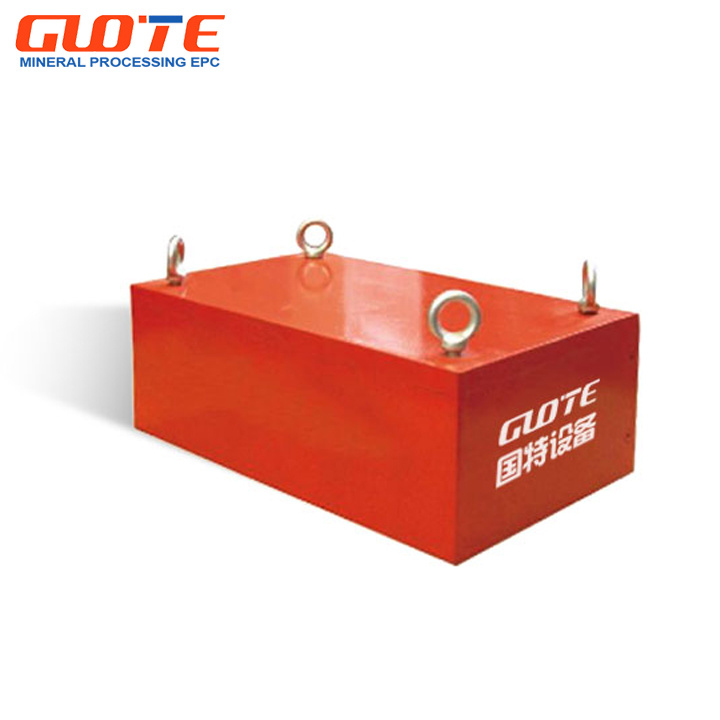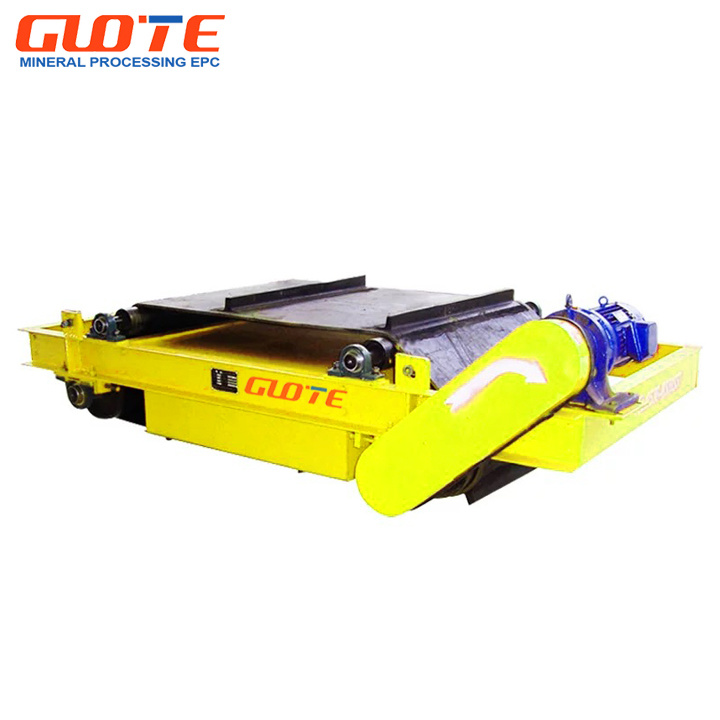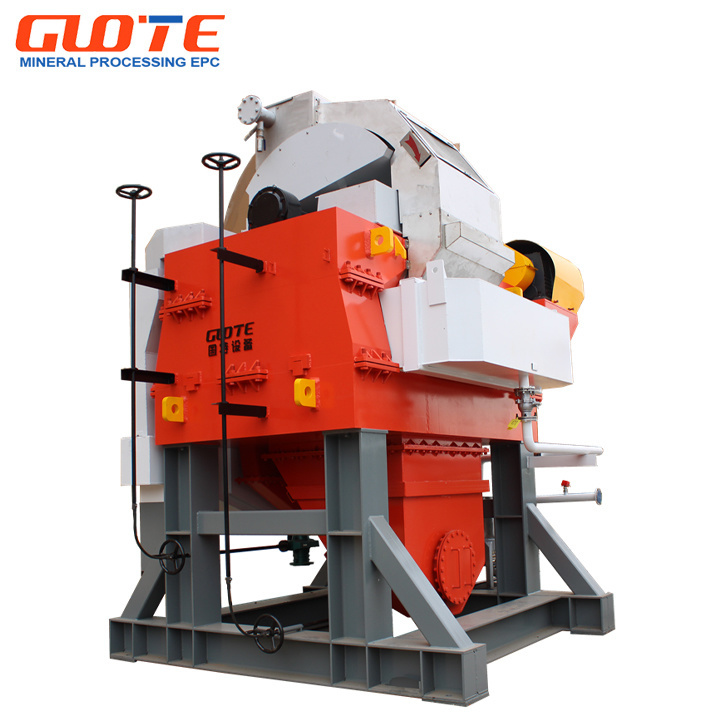Localization of sand sources-an important trend in the future development of quartz sand proppant in China
Proppant is an important part of the initial investment cost of oil and gas wells, and determines the economic life of oil and gas wells. In the industrial chain industry driven by the oil and gas industry, the advantages of quartz sand for fracturing support are becoming more and more prominent, and its pressure resistance can reach 35MPa. Ceramsite proppant is gradually replaced by cost-effective quartz sand due to high cost and serious environmental pollution.
1 China's main sand sources and characteristics
At present, the quartz sand for fracturing in China is mainly distributed in Qingtongxia of Ningxia, Weichang of Hebei, Chifeng of Inner Mongolia and Tongliao, which belong to the northern wind-formed sand.
(1) The quality of wind-formed sand in Shixi region of Xinjiang is better than that in other regions of Xinjiang, with the main advantages of proximity to the oil area and low transportation costs, which can basically meet the production capacity construction needs of Mahu tight oil block and Jimsar shale oil block. At present, a modern quartz sand plant with a scale of 50 × 104t/a has been built in Shixi region of Xinjiang. The completion of localized quartz sand plant will become an important supplement to proppant in Xinjiang Oilfield and Changqing Oilfield, greatly alleviating the shortage of proppant supply, and at the same time promoting the standardized construction of domestic quartz sand plant and improving the quality standard of quartz sand.
(2) The sand source in Ordos Basin is mainly wind-formed sand, mainly located around Qingtongxia and Dingbian, close to Changqing Longdong tight oil area, with good quality of sand source, which can meet the demand of tight oil and gas fracturing in Changqing Oilfield and Yanchang Oilfield.
(3) The sand source in Sichuan area is mainly quartz sand ore with high quartz content. Among them, the 70/140 mesh silt in Jiangyou and Qingchuan areas is equivalent to the quartz sand in use in the field in terms of crushing rate and diversion capacity, which basically meets the demand of shale gas shallow fracturing.
(4) The breakage rate of 40/70 mesh and 70/140 mesh channel sand in the Yangtze River Basin is generally higher than 30% under 35MPa closure stress, which cannot meet the demand of hydraulic fracturing construction on site.
The common particle size specifications of natural quartz sand proppant in China are 20/40 mesh, 30/50 mesh, 40/70 mesh and 70/140 mesh. At present, the production capacity of quartz sand in China is about 420 × 104t/a. The overall research evaluation and field tests show that the current domestic quartz sand for fracturing can fully meet the technical needs of China's shallow non-regular reservoirs within 3500m.
2 Quartz sand proppant future development trend
China's natural quartz sand proppant is mainly distributed in Luliang in Xinjiang, Anning in Lanzhou, Qingtongxia in Ningxia, Weichang in Hebei, Chifeng in Inner Mongolia and Tongliao, while PetroChina's unconventional oil and gas resources are mainly concentrated in Sichuan in the south, Xinjiang in the northwest and Changqing. The production cost of quartz sand is about 260 yuan/t, while the transportation cost of quartz sand in the north to Sichuan and Xinjiang is about 450~700 yuan/t, if the sand source can be localized, the cost of proppant will be reduced.
It is estimated that in the next 5 years, the average annual number of modified wells will reach 45000~55000, the amount of proppant will reach (500~600)× 104t/a, and the demand for quartz sand proppant will be 2.5 times of the current one. Taking shale gas in southwest China as an example, it is estimated that about 1800 new horizontal wells will be built by 2025. According to the current average amount of proppant used in a single well (about 2700t scale) and the current accounting price (quartz sand cost about 1100 yuan/t, ceramsite cost about 2200 yuan/t), the cumulative proppant investment is estimated to be about 11 billion yuan. If quartz sand is used instead of ceramsite, the investment cost is expected to drop to less than 6 billion yuan, a drop of more than 40%. If the localization of sand source is realized, the cost is expected to be further reduced. For low-cost countries with low-grade resources, natural quartz sand proppant is mainly distributed in Luliang in Xinjiang, Anning in Lanzhou, Qingtongxia in Ningxia, Weichang in Hebei, Chifeng in Inner Mongolia and Tongliao, however, PetroChina's unconventional oil and gas resources are mainly concentrated in Sichuan in the south, Xinjiang in the northwest and Changqing. The production cost of quartz sand is about 260 yuan/t, while the transportation cost of quartz sand in the north to Sichuan and Xinjiang is about 450~700 yuan/t. If the localization of sand source can be realized, the cost of proppant will be greatly reduced.
Therefore, in order to further improve the cost reduction and efficiency of quartz sand, the future should continue to expand the application scale of quartz sand in Sichuan shale gas, as well as Ordos, Xinjiang, Songliao and other tight oil and gas, strengthen the promotion and application of quartz sand and the construction of nearby sand plants, improve the quality of quartz sand in China, and ensure the low-cost development of domestic oil and gas.
Related Products
Related News

